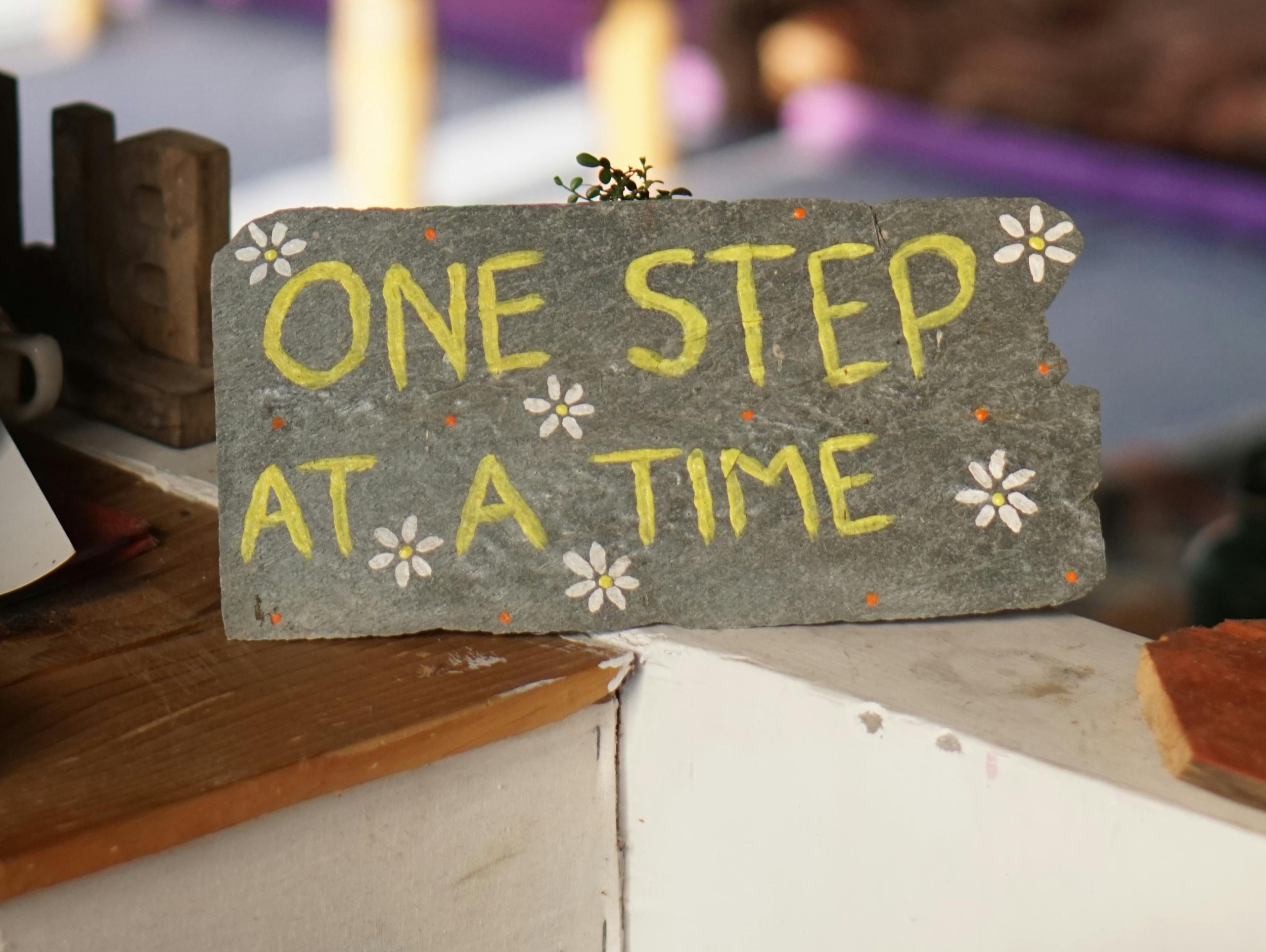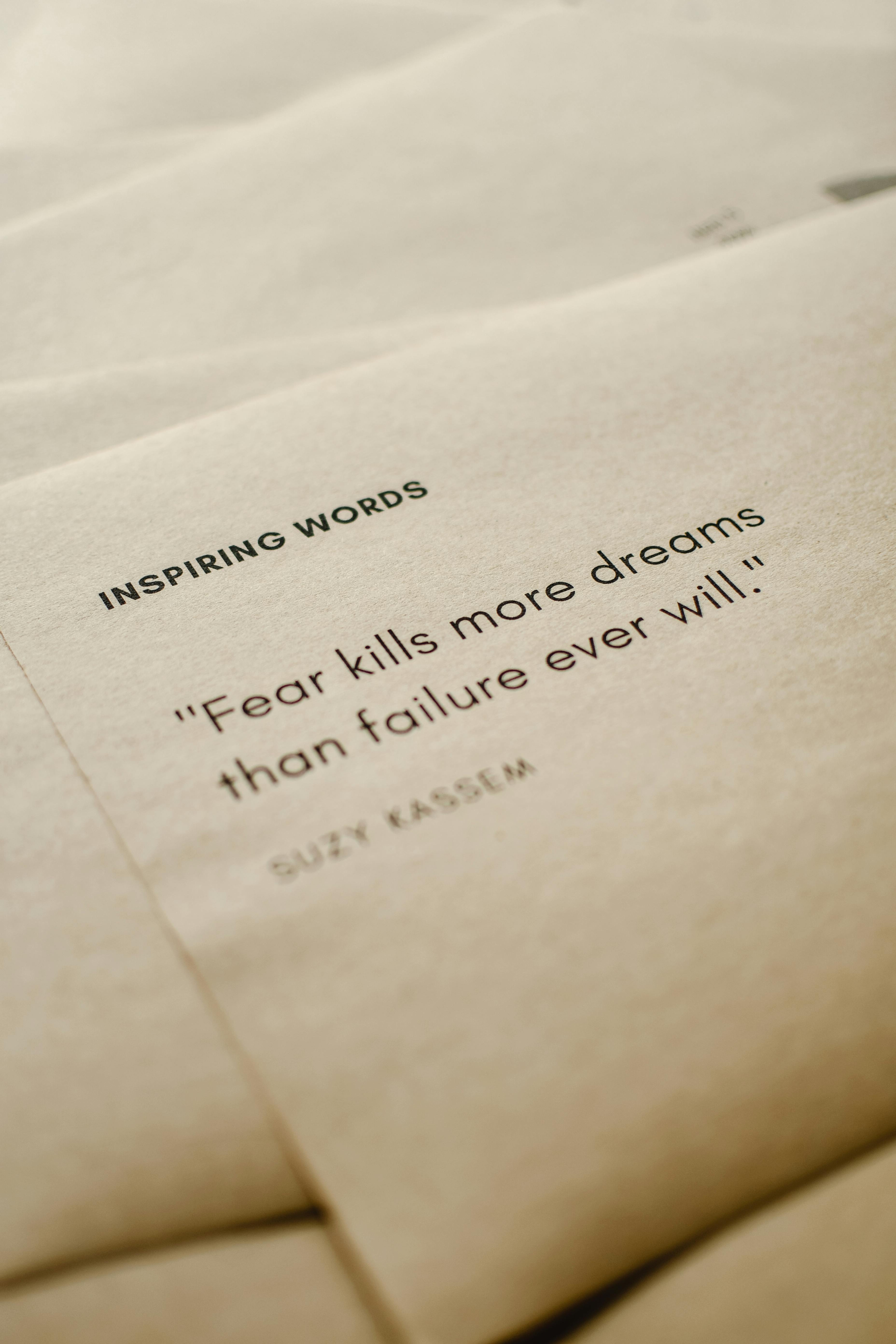TAKING ONE STEP IN THE DIRECTION OF HEALING

Often there is a gap between recognizing abusive behavior and both knowing what you want and taking steps toward it. This blog identifies four common obstacles to taking one step in the direction of healing. One step will lead to another.
Fear
Taking one step in the direction of healing confronts you with fear. It is reasonable to fear what your partner will do if you challenge their behavior or leave. Besides physical harm, emotional abuse, financial instability, stalking, lies to friends and family, and placing children in the middle are other causes of fear. You know what they are capable of so no one should minimize your concerns.
Fear is meant to alert you to a danger. Pay attention by making a safety plan. There are online tools and organizations[i] that help with this below.

Fear of facing your partner alone is another barrier. You’ll be safer by gathering people who support you. Friends, family, therapists, advocates—think of them as your team who will be there when you’re afraid or experiencing other difficult emotions.
Relationship Expectations
Seeing clearly what your partner is doing opens a path to taking one step in the direction of healing. It is painful to give up on a relationship; love gets in the way of decisions and moving forward. You had reasonable expectations about what your life would look like when you began the relationship. You probably assumed there would be love, respect, mutual decision-making, kindness, and care about your best interests.
Your partner is the only one who can decide to change. If you’ve asked them to and nothing altered, they’ve given their answer. To take one step in the right direction, you have to accept that reality doesn’t match your expectations.
You were right to desire these things. See them as rightful pursuits in your life but accept it if your partner shows they will not provide them. Your partner is not the only way to achieve your desires.
However, giving up means you grieve. Your grief is normal. Continuing to love them is normal. You don’t just stop loving immediately. You can love someone and know that staying with them is wrong for you.
Self-doubt
Self-doubt hampers taking one step in the direction of healing. The path to self-doubt begins with confusion about why your partner hurts you. Everyone wants to believe in those they love, so we are predisposed to look for something that explains their behavior. Sometimes you identify partners’ difficult life experiences or outside stressors. Your partner deserves compassion for their difficulties, but they have no excuse for taking it out on you.
You may believe it when your partner blames you for what they do. They choose their behavior; you are not responsible for their abuse, regardless of what they say.
Abusive behavior undermines your confidence and trust in yourself. Therefore, when it comes to making changes, those qualities are probably at a low point. This is an injury.
Knowing why you don’t trust yourself is a start. You can repair the injury by finding encouraging people and resources. To encourage means to give courage, hope, and confidence. Seek whatever and whoever does that for you.
If self-doubt has sunk deep roots into you, you may wonder how to know what is right for you. Therapy may be helpful. You may also find prayer, meditation, or inspirational reading a way to find that voice inside you that filters out the fear and self-doubt.
Perhaps music is something that speaks to you. Check out Joy Clark’s song One Step in the Right Direction for inspiration.
Unreasonable Beliefs about Change

Taking one step in the direction of healing requires knowing that change is not as quick as “turning over a new leaf.” Change is a process. It happens one step at a time. The song above highlights this. While you need to know what you want, it is overwhelming to contemplate all the steps on the journey.
If you believe you have to know every step along the path, open your mind to this: you only need to take one step at a time. I’m not dismissing the importance of planning. But you cannot know ahead of time every decision you will need to make. You should plan but know that adjustment along the way will be needed.
“Go to the end of the light you see.” Mary Ann Morrisey
Take Morrisey’s quote to heart. Take the first step you see. If it turns out to be ineffective, you will learn from that and take a different step. Paralysis from fear, loss of hope, or damaged self-confidence are injuries resulting from abuse and coercive control. Taking a first step begins to unlock that paralysis.
Taking One Step in the Direction of Healing
You don’t need to be perfect.You can take steps in spite of fear. You can cultivate your trust in yourself. And, you can have reasonable expectations about change.
What you need to jump start the life you want begins with one step in the direction of healing.
[i] The first link has information regarding safety plans for different circumstances, such as personal, work, teens, children, college students, legal professionals. and stalking.
https://stoprelationshipabuse.org/help/develop-a-safety-plan
The second is an interactive safety plan done online.
The third link is a guide to safety planning.
The fourth link is an emotional safety plan.
https://www.domesticshelters.org/articles/safety-planning/an-emotional-safety-plan-in-4-steps


Leave a Reply
Want to join the discussion?Feel free to contribute!